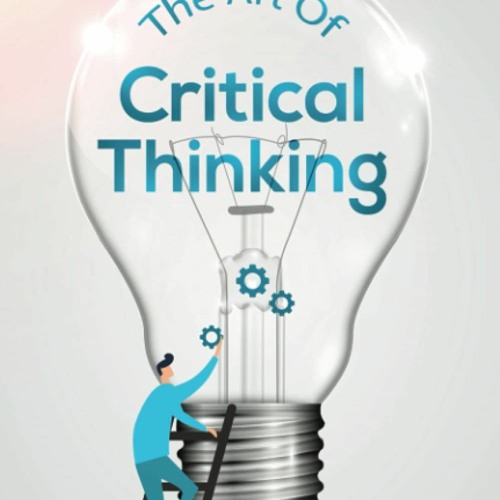Often, we fall victim to automatic thinking, the kind of thinking that takes little energy or thought. A few examples of this kind of thinking is found in knowing our state’s capital, family members’ birthdates, how to tie a shoelace, or the colors on our nation’s flags. Automatic thinking is the unconscious, effortless cognitive process we use when we need a quick solution to a problem. It is handy; it relies on past experiences, impressions, and knowledge and assists us in many valuable ways. Our reliance on automatic thinking may lie in our neurology and, more specifically, our brain. The brain’s requirements for energy are out of proportion to its size. The brain uses up twenty percent of our energy but represents about two percent of our body’s weight. The brain attempts to be efficient and looks for shortcuts to deal with the many things we face daily. It all makes sense, but automatic thinking has a dark side, as it can lead us to cognitive biases. This can happen when we are not clearly thinking things through. Some examples of cognitive bias:
- The halo effect which occurs when we form an overall positive or negative impression of a person based on a characteristic or trait that we find particularly appealing or unappealing. This impression then influences how we perceive other aspects of the person’s character or abilities, leading us to make assumptions that may not be entirely accurate.
- Learn a little about a topic; and we may assume we are experts and know all there is to know.
- You are reading or watching only the news that aligns with your worldview and ignoring information that contradicts your beliefs.
- The self-serving bias is when you see your success as a product of your inherent qualities and blame your failures on external factors beyond your control.
- The framing effect is where decisions are influenced by how information is presented rather than the information itself. In other words, people tend to react differently to the same information depending on how it is framed or presented. For example, imagine you are considering a medical treatment with a 90% success rate. If the treatment has a 10% failure rate, you may be more hesitant to undergo the treatment, even though the success rate is the same.
The potential danger of cognitive biases may prevent us from being flexible enough to consider other views and approaches. This may impede our learning and individual development potential. It is imperative to notice the difference between situations requiring more than an automatic response. Many challenges we face require more than a quick answer. A critical thinker begins with analysis and projects realistic consequences for their choices.
However, several strategies can prevent us from the pitfall of automatic thinking and out cognitive biases:
- Be aware of your biases: The first step is to reflect and identify your biases. By acknowledging your biases, you can take steps to minimize their impact.
- Seek additional information: Avoid making assumptions based on a single characteristic or trait. It’s essential to seek out additional information before making a judgment. This may involve conducting research, asking questions, or seeking the perspectives of others.
- Use objective criteria to evaluate a person, product, or company. Using objective criteria and avoiding subjective impressions or gut feelings is essential. This may involve using rubrics, checklists, or other objective measures to evaluate performance or quality.
- Consider multiple perspectives: To avoid biases, consider various perspectives and seek diverse opinions and feedback. This can help to ensure a more balanced and accurate evaluation.
- Be open-minded: Finally, it’s essential to be open-minded and to avoid making snap judgments based on a single characteristic or trait. By remaining open to new information and perspectives, you can avoid falling prey to cognitive biases and move beyond your automatic thinking.
Most of us know the difference between a routine decision and one with much more profound consequences. Knowing the difference may not be enough as we slip into habits and sustain cognitive biases.
Learn more about automatic thinking and how to overcome cognitive biases in my book, On Becoming a Critical Thinker: Awakening Your Business Superpower.
